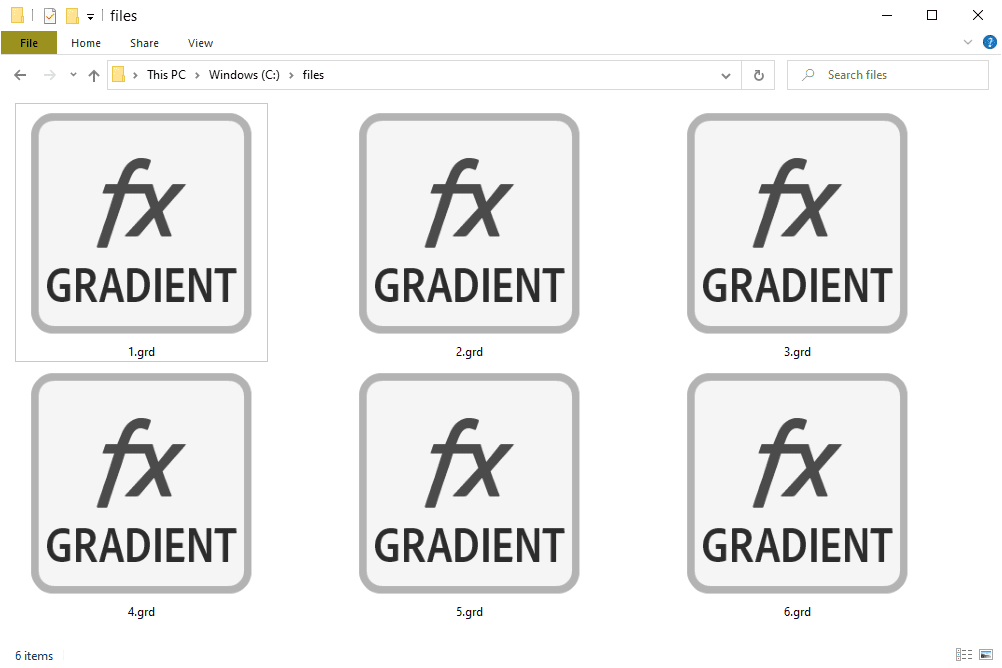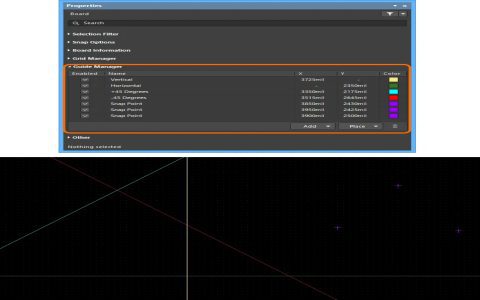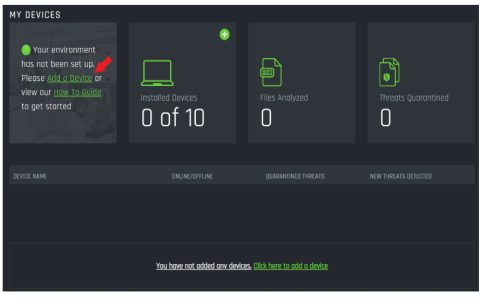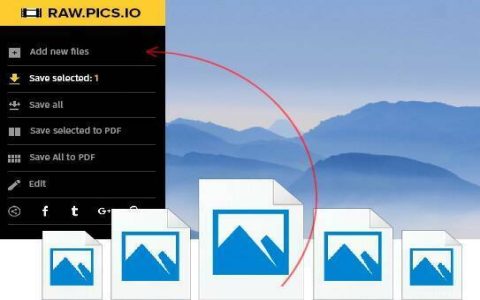A GRD file, commonly known as a Grid file, is a raster data format predominantly utilized in Geographic Information Systems (GIS) and related geospatial software. It represents geographic data as a grid of regularly spaced cells, with each cell holding a value corresponding to a specific attribute or measurement for that location.
Key Characteristics and Applications
GRD files possess distinct characteristics making them suitable for various geospatial tasks:
- Data Storage: They store spatially continuous data. Common examples include Digital Elevation Models (DEMs), land cover classifications, surface temperature, precipitation data, and soil property maps.
- Raster Structure: The fundamental structure is a matrix of pixels or cells, where each cell has a numeric value. The spatial resolution is determined by the size of these cells.
- Format Variations: The .grd extension can be associated with several specific grid formats, some of which may be proprietary to particular software packages (e.g., Surfer GRD, Esri Grid, ENVI GRD). These can be either ASCII (text-based) or binary.
- Associated Files: Often, a GRD file is accompanied by an auxiliary file, such as an .hdr (header) file or .* file, which stores metadata. However, some GRD formats embed this information directly.
File Structure and Metadata
While the internal binary structure can vary, GRD files or their associated header files typically contain crucial metadata, including:

- Dimensions: Number of rows and columns in the grid.
- Cell Size: The width and height of each cell in ground units (e.g., meters, decimal degrees).
- Georeferencing Information: Coordinates of a reference point (often the top-left or bottom-left corner) and projection/coordinate system details (e.g., UTM, WGS84).
- Data Type: The type of numeric data stored in each cell (e.g., integer, floating-point).
- NoData Value: A specific value used to represent cells where data is missing or not applicable.
Software Compatibility
A variety of software packages can read, write, and process GRD files. Common examples include:
- Esri ArcGIS Suite: (ArcMap, ArcGIS Pro) Natively supports Esri Grid formats.
- QGIS: An open-source GIS software with broad raster format support, including many GRD variations via GDAL.
- Golden Software Surfer: Uses its own .grd format extensively for surface mapping and modeling.
- ENVI: A popular remote sensing software that can work with various grid formats.
- GDAL (Geospatial Data Abstraction Library): A foundational open-source library that provides translation and processing capabilities for numerous raster formats, including many types of GRD files.
- SAGA GIS: Another open-source GIS software with robust raster processing tools.
The specific compatibility often depends on the particular variant of the GRD format being used, as the .grd extension itself is not uniquely tied to a single standardized specification.








